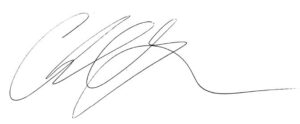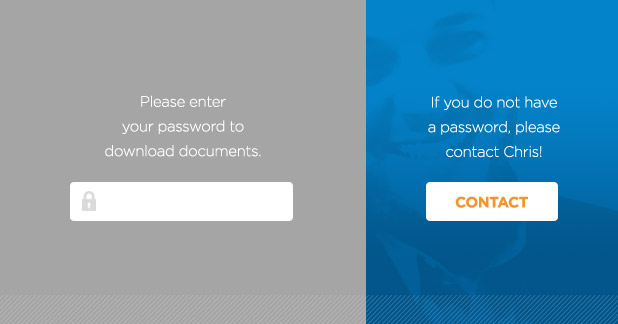What used to be an extra perk to the compensation package years ago, is now a work requirement for many companies – remote work. The question remains, can employees be as productive at home as they used to be sitting beside each other in the office? The answer – yes, if certain standards are met.
 During this pandemic, remote work has become the new norm – and many new hires are now expecting it. According to recent research by Microsoft and LinkedIn where over 61,000 employees were surveyed, the shift to remote work has been so great that they have even come up with a name for it – “The Great Reshuffle”. According to the study, which was published in the journal, Nature Human Behavior, before the COVID-19 pandemic, at most 5% of Americans worked from home for more than three days per week whereas it is estimated that, by April 2020, as many as 37% of Americans were working from home full-time.
During this pandemic, remote work has become the new norm – and many new hires are now expecting it. According to recent research by Microsoft and LinkedIn where over 61,000 employees were surveyed, the shift to remote work has been so great that they have even come up with a name for it – “The Great Reshuffle”. According to the study, which was published in the journal, Nature Human Behavior, before the COVID-19 pandemic, at most 5% of Americans worked from home for more than three days per week whereas it is estimated that, by April 2020, as many as 37% of Americans were working from home full-time.
This means that in a matter of weeks, the pandemic caused about one-third of US workers to shift to remote work and nearly every American that was able to work from home did so. Many companies have taken this change one step further by announcing longer term and, in some cases permanent, remote work policies that will enable at least some employees to work remotely, even after the pandemic.
The bottom line is that we reacted quickly to allowing remote work without properly planning out how best to collaborate to reach best productivity. It is OK – keep reading for my tips.
The Challenge:
There are three challenges with this rapid influx of employees working remotely:
- Leaders don’t fully understand what smart collaboration truly means
- Leaders must learn to encourage smart collaboration with a remote team
- Companies have to stay competitive and offer remote work options when they might not be prepared to do so
The word “collaborate” is often used incorrectly. Collaboration is NOT – being co-located, liking each other, giving in to others, getting along without challenging one another, compromising or splitting the difference. Collaboration IS – a creative give-and-take, a push and pull between two or more people that results in productivity of great value. “Smart collaboration”, the term I coined to identify the right blend of collaboration – not too much and not too little.
Think of two artists collaborating to paint a mural on the side of a building or three departments coming up with a new app for your phone. They need to work together some but they also need some time to think and work alone. Without smart collaboration, as I like to call it, the end result would not be as good if done alone. Morten Hansen, author of “Great at Work” says that there are two sins of collaboration – collaboration too much or collaborating too little.
Psychological Principle:
One of the key findings from the study done by Microsoft and LinkedIn is that the shift to remote work has had a significant impact on workplace communication and collaboration between workers. It hasn’t made it worse per se – just different. Individual teams communicate within themselves. They craft their own strategies and tactics, not to mention cultivating their own cultures. So, instead of there being a company-wide culture, remote work has led to different cultures in smaller work groups. Remote work has changed this grand vision of one strategy and one mission. So disparate teams have little experience or knowledge about other teams except through scorecards or dashboards. Relationships don’t form or get fostered. Innovation exists in a smaller setting with fewer interconnections. Since innovation depends on connections made between unlike or even unlikely things, it is, by definition, limited.
Remote work leads to more alone time – which is not a bad thing. Psychologists are finding that periods of silence lead to more productivity. According to several studies, the best type of workplace interaction is “bursty communication” – short, intermittent bursts of communication that help sustain energy and motivation – not least because you’re not constantly distracted by the continual ping of your inbox emails or texts from co-workers. A new study from Carnegie Mellon University found that teams who worked in short “bursts” of communication, followed by longer phases of silence, were more productive than teams who communicated more often but less intensely. Get used to telling people “NO” to some collaboration efforts.
Mindset Shift:
- Think about the way you use the word “collaborate.” Are you using it right? How could you move to more of a “smart collaboration” culture with your team?
- When thinking about culture, think more on the micro level instead of the macro level. Culture could look different between groups within the same company.
- Ask yourself, does my team need to collaborate on this task? Sometimes the answer is NO. Not all collaboration is productive collaboration.
Performance Shift:
- Reach out to your staff working remotely. Ask them how they are doing. Ask how you can help them stay more connected with you and other team members!
- Encourage fun, team building activities with you and your team – online or in person if possible.
- Practice “bursty communication” with a co-worker on your team. Even if you are working remote, how can you check in with him or her?
Follow Chris on Social Media!
Co-authored by: Betsy Moore, Industrial/Organizational Psychology Consultant & Health Coach















0 Comments